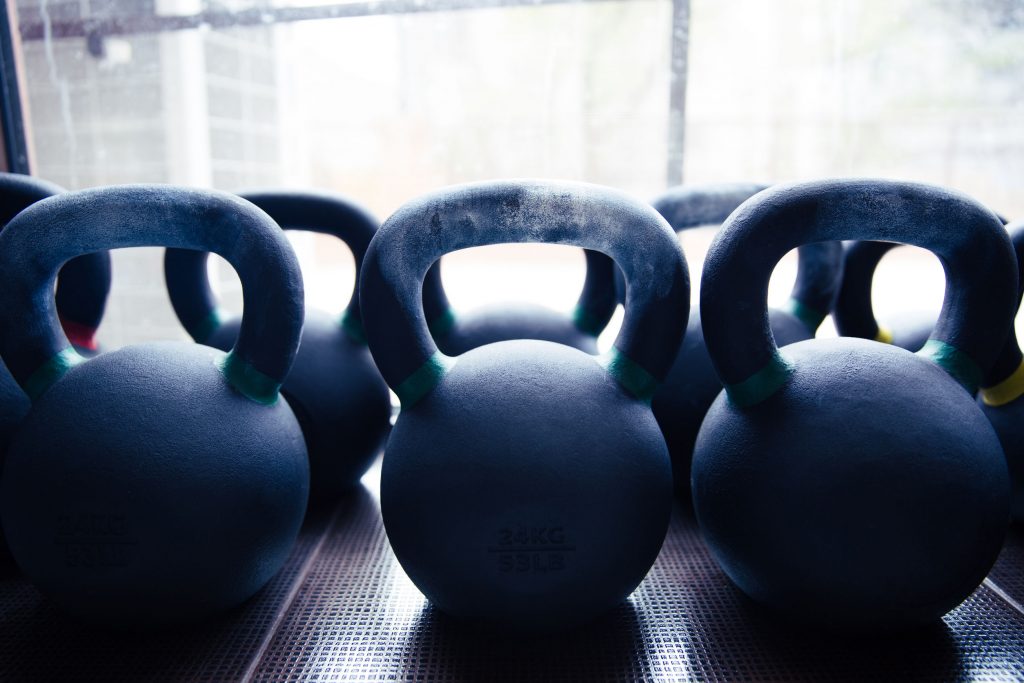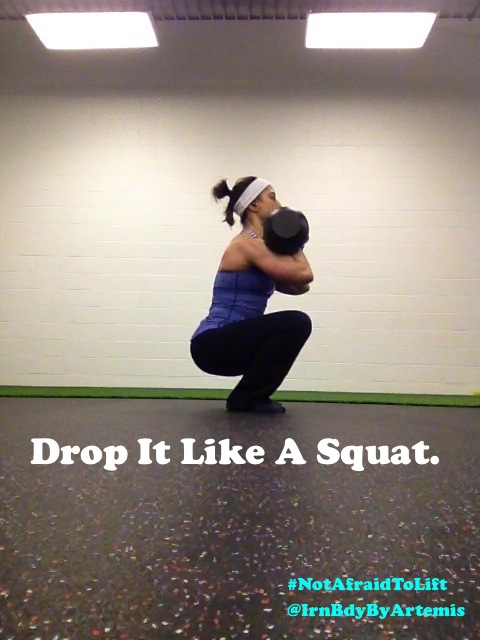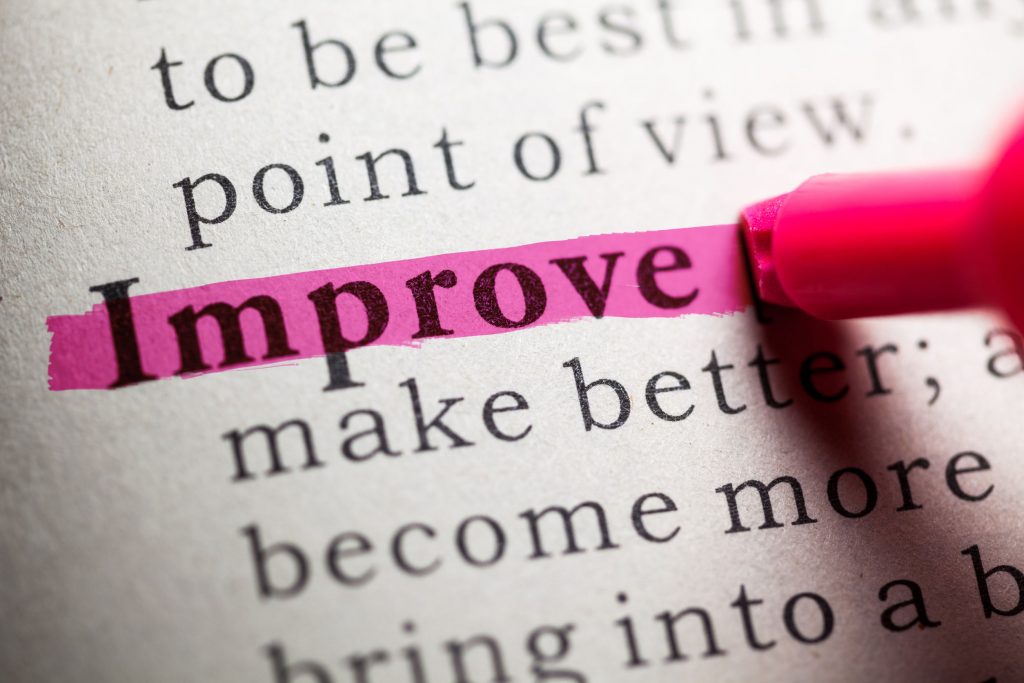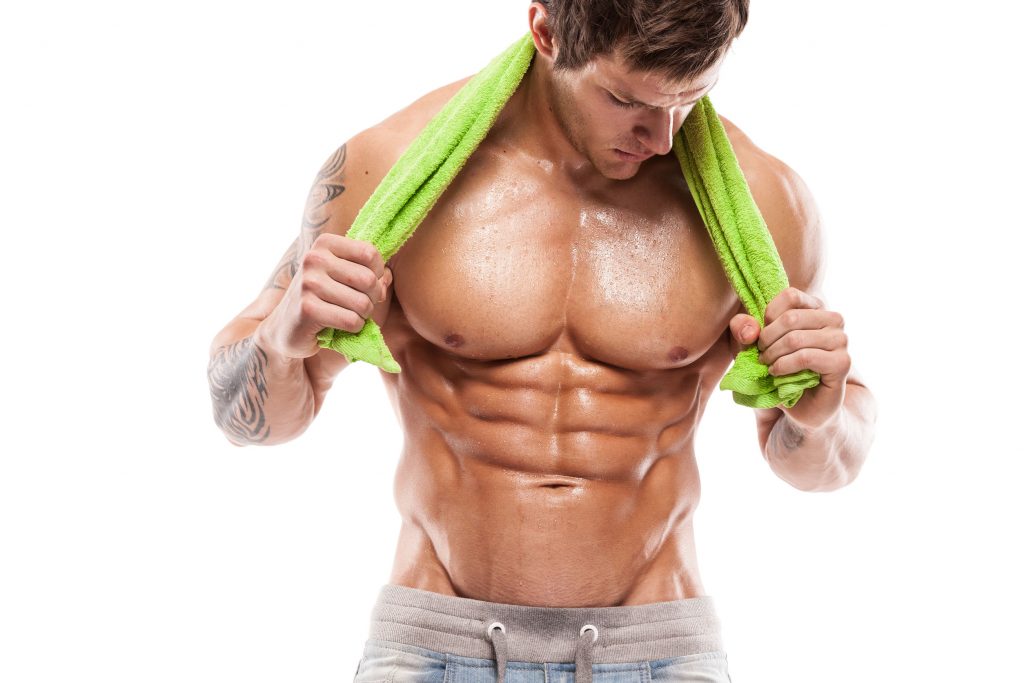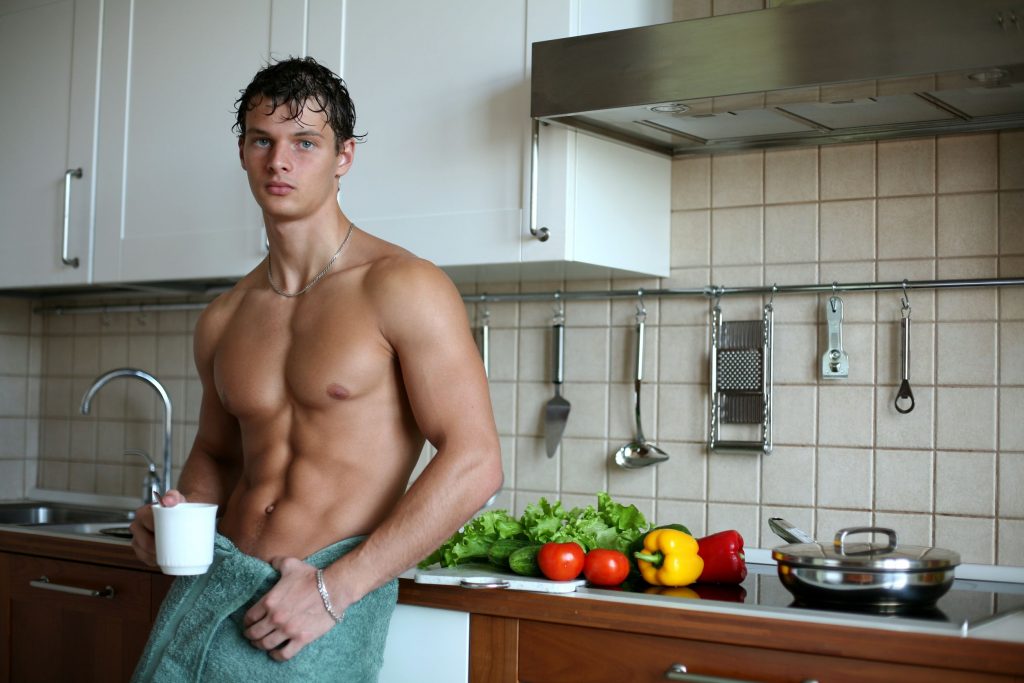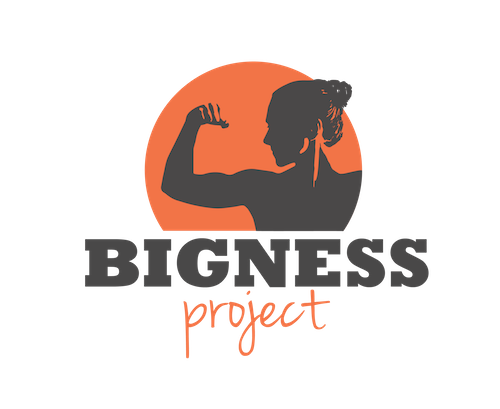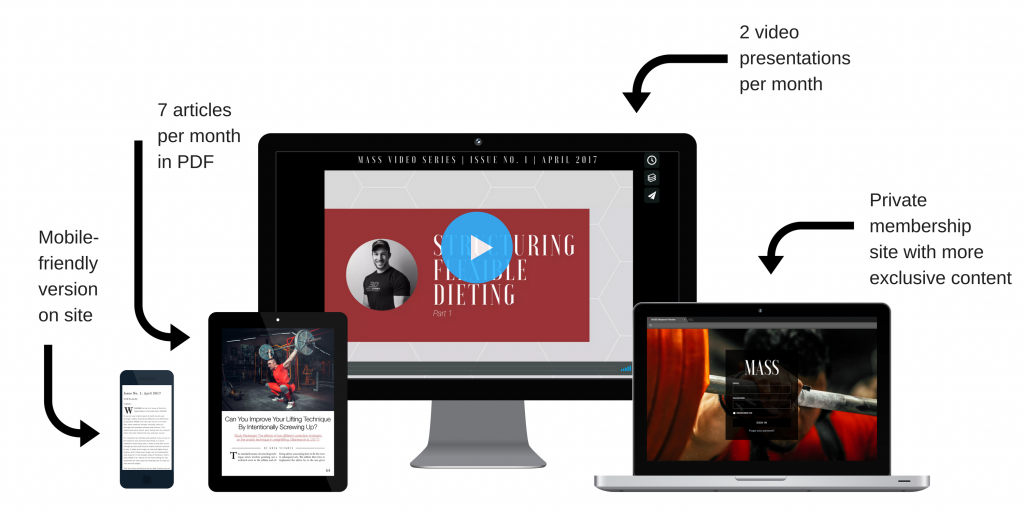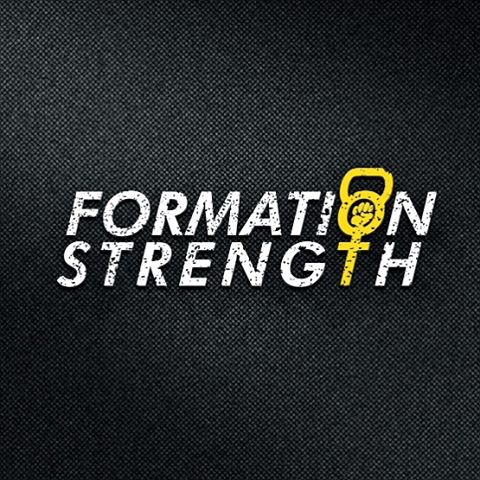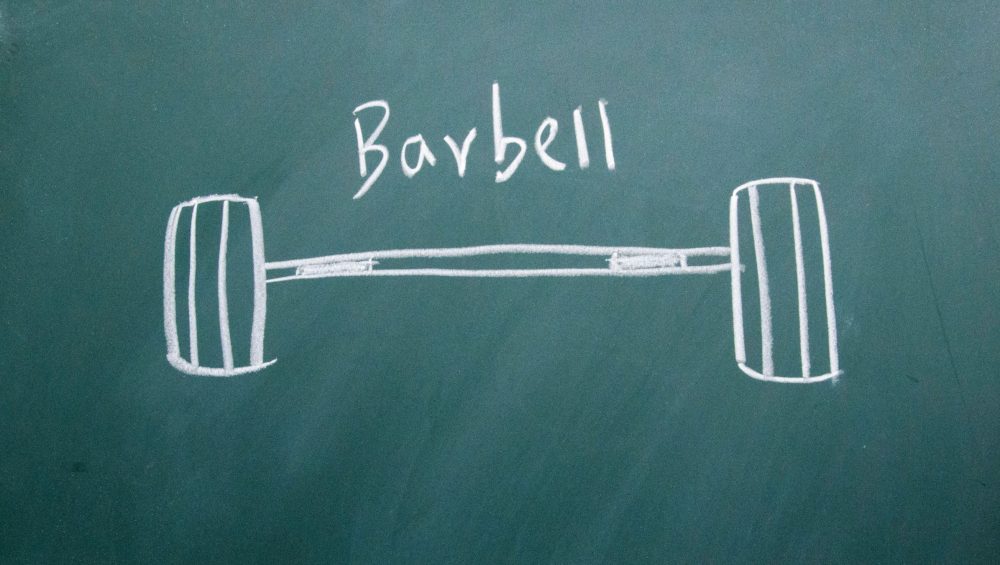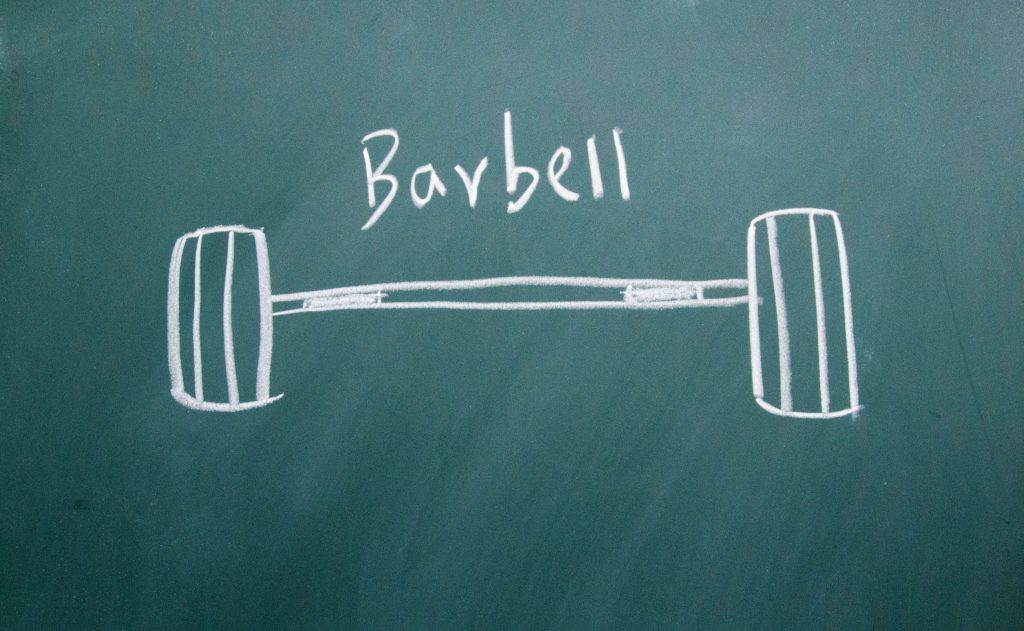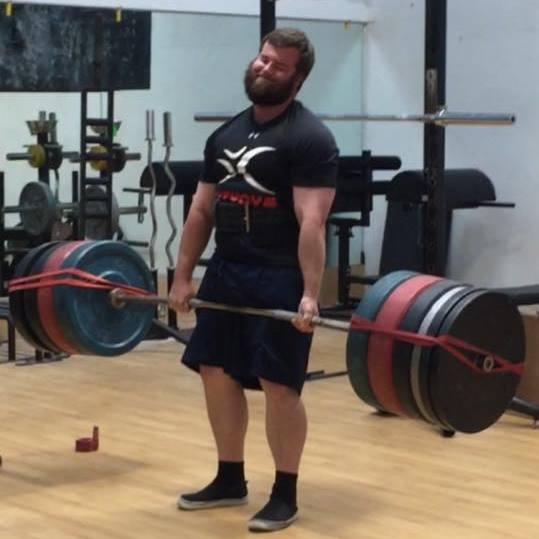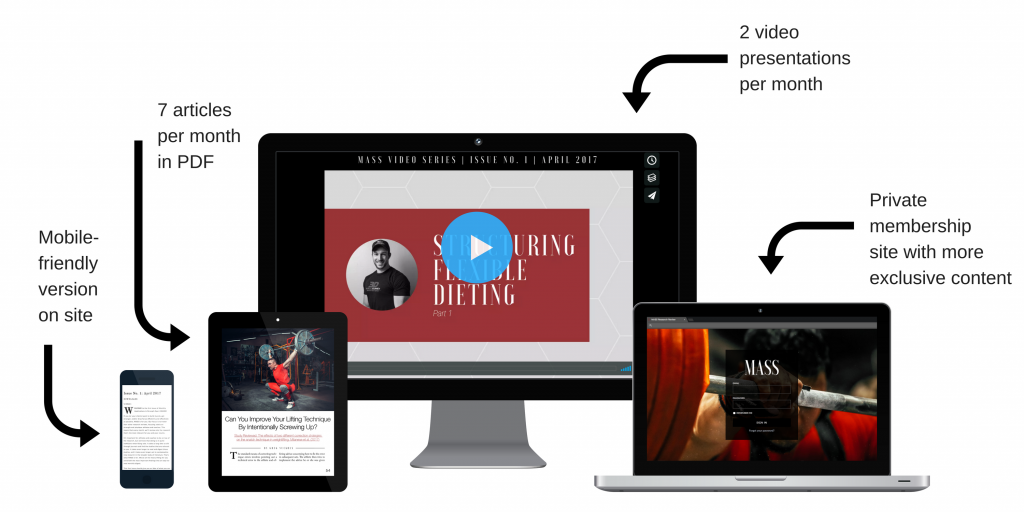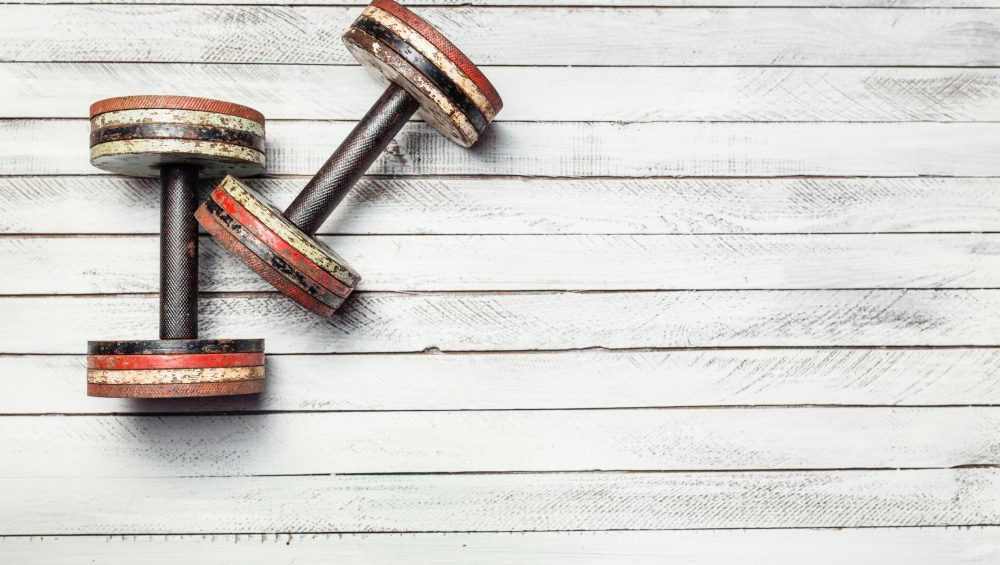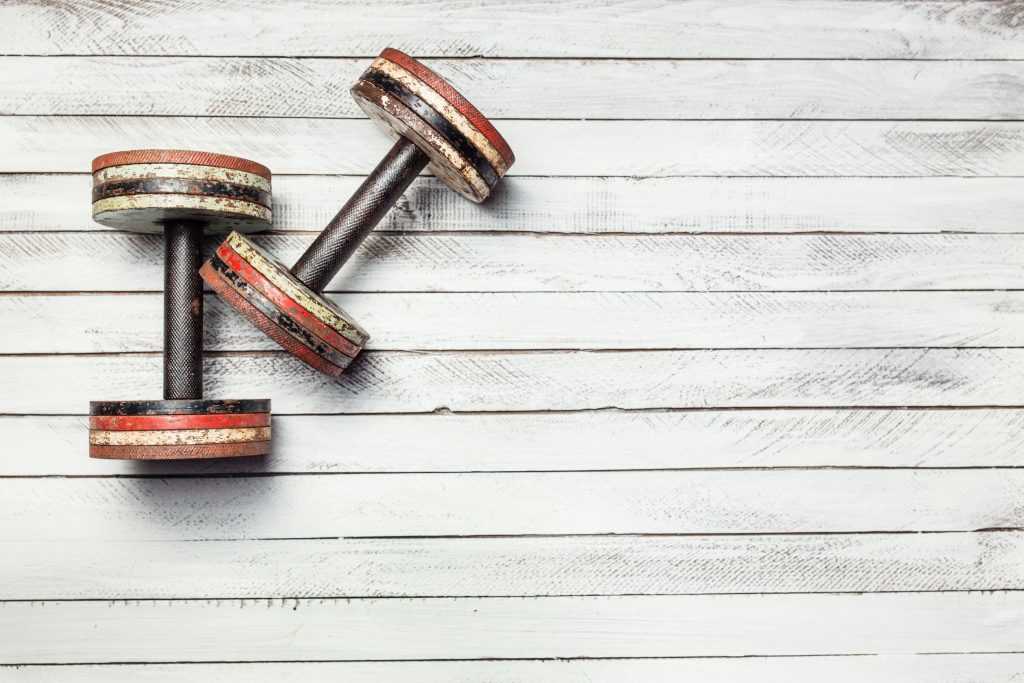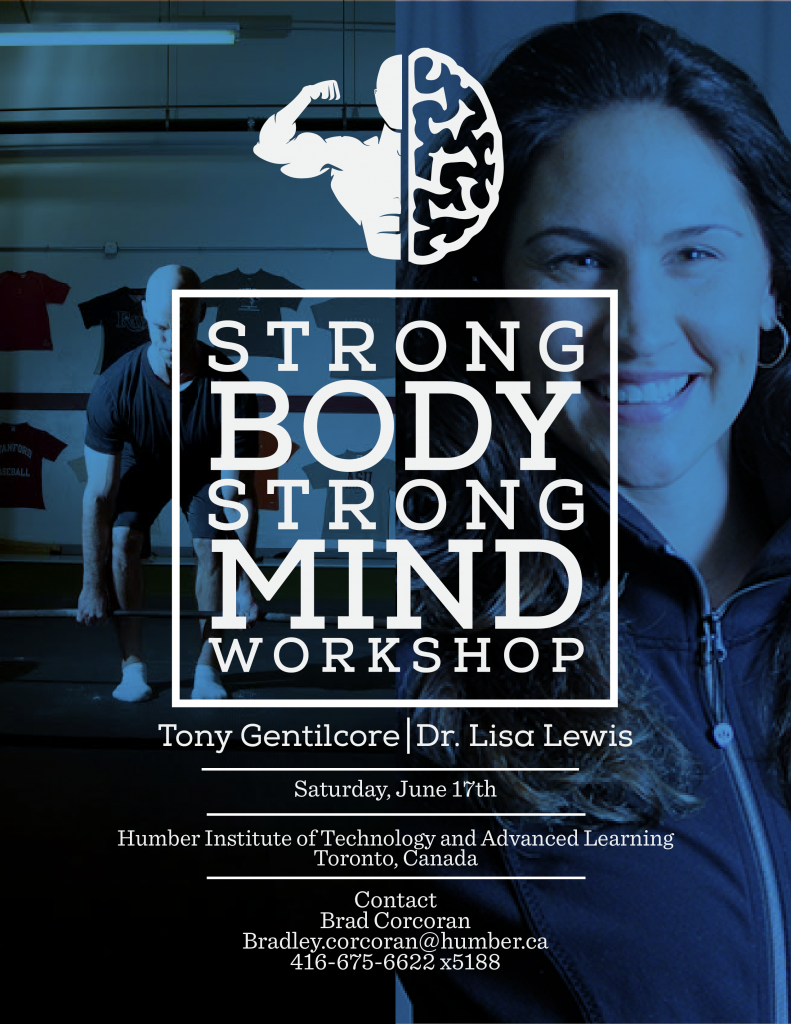My wife gave birth to our son on January 31st, which was a Tuesday. She was back in the gym that Friday. Although, admittedly, all she did was a few easy bodyweight exercises and listened to my advice on hammering drills like deadbugs, birddogs, and anything else that would help to build back her core strength and integrity.
Postpartum training is a very tricky topic, and a serious one. Many women make the mistake of jumping back into (aggressive) exercise before their body is ready and sometimes suffer the consequences.
In today’s guest post, Dr. Sarah Ellis Duvall, helps shed some light on a delicate topic.

Recently, I saw an awesome Instagram post by Tony of his wife, Lisa. She was maxing out on bench press when she was only a few weeks postpartum. Go Lisa!
She is kicking butt and taking names and I was totally impressed.
Note From TG: THIS is the post Sarah is referring to. It was an awesome lift. What was not so awesome was how another trainer came in to highjack the thread and grandstand about how “dangerous” it was that Lisa was lifting so heavy so soon after giving birth, despite, you know, Lisa having been training all through her pregnancy, taking her time after giving birth to get back up to that point, AND being cleared by her doctor.
Since she has an awesome coach, her programming is perfect, but what if you are postpartum, headed back to the gym and not being trained by Tony?
Well, your life is probably a little less fun and devoid of Star Wars humor but here are 5 things to keep in mind before maxing out on your lifts postpartum.
#1. Do You Have Full Core Strength Back?
Start by checking for a diastasis. This is a thinning of the fascia (think shiny layer when you pull the skin off a chicken) that connects the front of your abs. It should feel like a trampoline when you lift your head and poke it. If your finger sinks in, that’s telling us your core is not connecting yet.
Lie on your back, knees bent
Place your fingers in the middle of your stomach
Lift your head just a little and push
Do they sink or do they spring?
Check halfway between your ribcage and your belly button, right above your belly button and halfway between your pubic bone and your belly button.
Anything that sinks in or is more than two-fingers wide is considered a diastasis. I consider the sinking part more important than the width.
Think about this as how well your core is transferring a load or pressure. It will not transfer well if there is a gap or hole in the system.
#2. Check for Doming.
When you do a crunch, sit up or plank your abs should flatten, they shouldn’t dome out in the front.
Doming tells us that your abs aren’t firing together correctly.
Along with not supporting the spine and pelvis enough, doming can also lead to hernias. Prevention is definitely the best medicine when it comes to hernias!
#3. Is Your Deep Breathing System in Place?
Does your inhale reach your pelvic floor or is it all upper shoulders or belly?
This is also part of building correct core strength.
Your diaphragm is the top of your core. Think about it as the top of a pressure cooker. We use pressure to help support our spine. If your diaphragm and core muscles are not firing correctly, it can either create too much or too little pressure. The pelvic floor really hates both those scenarios because that can lead to leaks and prolapse (months and months down the road).
I love the umbrella analogy. If you breathe up into your neck and shoulders, you will never open the umbrella. If you only belly breathe, that’s like opening a broken umbrella where only one side works. Aim for your back, sides and front around your ribcage to expand with every breath.
#4. Make Sure Your Pelvic Floor is Timed With Your Diaphragm
A long pushing phase or holding too much tension in the pelvic floor can disrupt the natural movement of the pelvic floor. Make sure you can feel your inhale pushing down on your pelvic floor – pelvic floor responds by relaxing down, then naturally recoils up on your exhale.
#5. Be Aware of What Happens Under Exertion
The more demand, the harder the exhale, the more your pelvic floor should contract. Sometimes this gets mixed up and instead of your pelvic floor contracting it bears down in response to pressure.
Bearing down is a great way to cause leaking and pelvic organ prolapse.
I’ve seen many women in person and received many, many more emails from women that have gotten pelvic organ prolapse 3, 8, and even 10 months after having a baby.
They thought things were going well.
They thought they were in the “clear.”
Then they tried some new crazy bootcamp class with lots of jumping or they maxed out on a lift or they simply lifted something heavy over their heads. Getting prolapse at anytime can be very heart wrenching and frustrating, but getting it months after you thought you were fine is the worst.
I’m not saying, don’t exercise hard.
I’m simply saying be aware of what’s going on and make sure you have the groundwork laid before pushing your body. If you don’t know what your pelvic floor does under pressure, that’s the same thing as not knowing your knee caves in during a squat. If any professional saw you, they would immediately fix the knee caving in issue and tell you how they just saved your knee from years of pain.
Pelvic floor prolapse is a real issue with real consequences, and it’s crucial to take the requisite steps a head of time to (hopefully) prevent it from happening.
About the Author

A wife, mom and adventure sports athlete, Dr. Sarah is a women’s health specialist that believes in teaching. Helping women understand how the body works is the basis for her results-driven online program. She focuses on issues from the pelvic floor and diastasis to building strength injury free. When she is not hanging off the side of a mountain, Sarah enjoys writing and presenting at Core Exercise Solutions and figuring out how her patients can continue to pursue their dreams and lead a strong, adventurous life.
Find out more about her Pelvic Floor and Diastasis Programs here: http://www.






